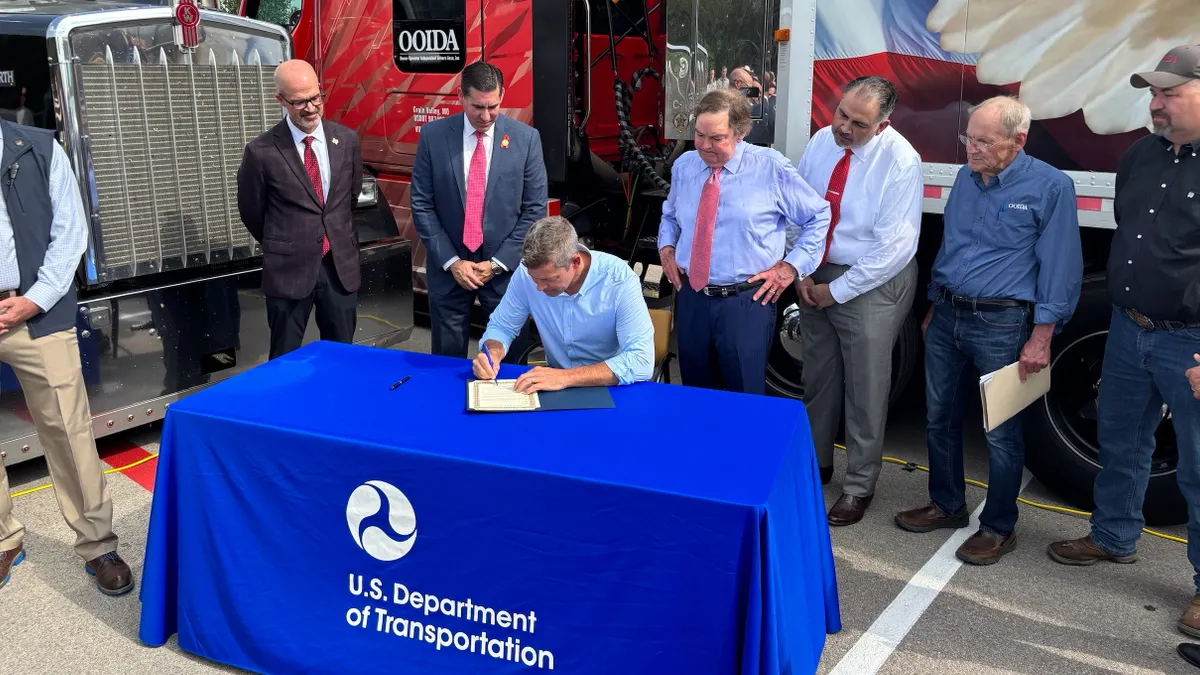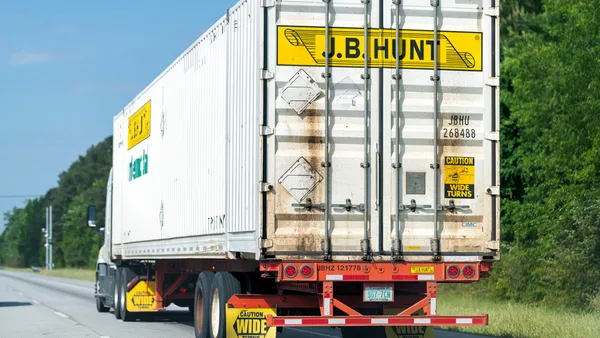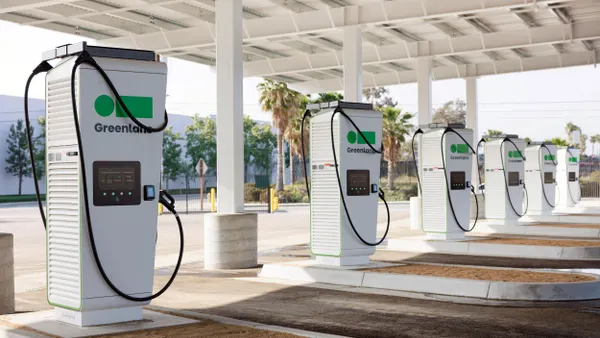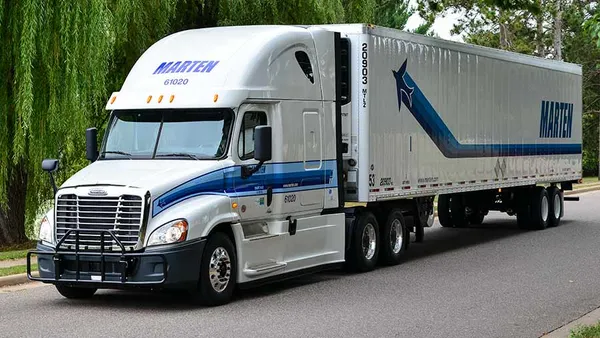Struggling industrial demand has revealed the manufacturing sector’s critical importance to the trucking industry during the freight recession of the past two years.
Some carriers finally began reporting green shoots in Q4 earnings calls, after prolonged industrial weakness skewed their freight mixes toward less-profitable retail shipments.
Others are still waiting to record a noticeable bump in manufacturing demand, even as the Institute for Supply manufacturing index flipped positive, indicating a return to growth, in January.
We’ve pulled together some executives’ commentary to provide a glimpse of what they’re seeing — and anticipating this year — from their industrial customers.
Old Dominion’s industrial demand outpaces retail
Old Dominion Freight Line’s industrial business outperformed retail demand in Q4 “for the first time in a while,” EVP and CFO Adam Satterfield said on an earnings call.
The news was a bright spot in the carrier’s earnings results, which featured a 21% decline in operating income and drops in shipment volumes, weight per shipment and tonnage per day.
“The revenue performance with those industrial-related customers is actually a little bit better than the overall company performance,” Satterfield told analysts. “That kind of goes hand-in-hand with the enthusiasm that we're hearing from customers today.”
The industry is being cautious about declaring an industrial rebound too early, the CFO said.
“Typically, it's a couple of months’ lag when we see that perform in terms of the acceleration coming through, I'd say, for the industry overall,” Satterfield said. “But certainly, we're in a great spot to take those increased shipments if they materialize.”
XPO’s customer sentiment improving
Two-thirds of XPO’s business is industrial accounts, and most customers the carrier surveyed in Q4 told the carrier they expect a gradual improvement in demand this year, CEO Mario Harik told analysts on an earnings call.
“We saw a 10-point increase in the percentage of customers that expect an acceleration in demand in ’25 versus the survey we had done three months ago,” Harik said. “And for the first half of the year, half the customers responded they expect an acceleration in demand, while only 15% expect a deceleration.”
No carrier can control the macroeconomic environment, and the improvement in customer sentiment doesn’t necessarily mean the manufacturing sector has fully bounced back, the CEO cautioned analysts.
“We’ll see what the year has in store, but we are hearing more optimism from customers,” Harik said on the call.
ABF Freight expects an industrial pickup this year
Persistently weak industrial demand continued to take a toll on ArcBest’s earnings last quarter, executives acknowledged on an earnings call.
Decreases in ABF Freight’s daily tonnage, shipments and weight per shipment in Q4 were “primarily due to industrial weakness as customers are producing less in the current economic environment,” ArcBest EVP and CFO Matt Beasley told analysts.
Snowstorms, tariff threats, as well as potential regulatory rollbacks and tax cuts, blurred the carrier’s early outlook on its January results, ArcBest President Seth Runser said.
But ArcBest doesn’t expect manufacturing sector sluggishness to remain a culprit much longer, its CFO added.
“We do expect to see a pickup in the industrial economy,” Beasley said.
Saia hasn’t seen a manufacturing uptick yet
Saia has yet to see a notable improvement in manufacturing demand, CFO Matthew Batteh said on an earnings call.
“The industrial customer’s still not really there,” Batteh told analysts.
Saia has been encouraged to see weight per shipment trend in a positive direction sequentially, but it doesn’t view the trend as an indicator of a macroeconomic or industrial recovery, President and CEO Fritz Holzgrefe said on the call.
Instead, the carrier’s increased weight per shipment reflects the LTL carrier’s efforts on mix management, through a general rate increase and contractual renewals, the CEO said.
“While the macroeconomic backdrop remains uncertain, the investments made in 2024 set us up to take advantage of the industrial recovery, whenever that may come,” Holzgrefe said.












